Bengal Cat Lifespan: How Long Do Bengal Cats Live and How to Extend It

With their exotic coats and boundless energy, Bengal cats are captivating companions who bring a touch of the wild into everyday life. Yet many owners ask the same question — how long do Bengal cats live, and what truly determines their longevity? Understanding the Bengal cat lifespan means exploring everything from genetics and diet to lifestyle and emotional health.
Average Bengal Cat Lifespan
The Bengal cat lifespan generally ranges between 12 and 16 years, though some Bengals exceed 18 when raised in stable, nurturing environments. They are robust by nature, with strong muscles, agile frames, and resilient immune systems. This vitality stems from their hybrid origins — a cross between domestic cats and the Asian leopard cat — which contributes to endurance and disease resistance.
However, the average lifespan depends on multiple external factors. Indoor Bengals live significantly longer than outdoor cats, avoiding exposure to cars, parasites, or infectious diseases. Even partial outdoor access can shorten life expectancy due to environmental risks. Bengals’ natural curiosity makes them bold explorers, which is why safe, enclosed outdoor play areas are often recommended.
Ethical breeding plays another role. Healthy bloodlines free from hereditary conditions like hypertrophic cardiomyopathy (HCM) or retinal atrophy often live several years longer. Trusted breeders perform genetic screening and maintain healthy pairings to produce cats with strong immune systems and predictable temperaments.
When reviewing the average lifespan of Bengal cat families, remember that genetics set the starting point — but daily care, veterinary attention, and emotional enrichment define the journey.

Health Factors Influencing Longevity
Even healthy Bengals need structured preventive care. Regular observation, early diagnosis, and environmental balance can add years to their life.
Common Health Issues in Bengals
Bengals may experience heart disease (especially HCM), dental decay, and digestive sensitivity. While these conditions can develop slowly, consistent monitoring helps prevent them from becoming serious. Owners should watch for subtle signs — shortness of breath, reduced appetite, or reluctance to jump.
Obesity is another quiet risk. Bengals eat enthusiastically and need plenty of movement to burn calories. Without exercise, excess weight can lead to arthritis, diabetes, or liver disease.
Preventive Care — Vet Visits and Vaccines
Routine vet visits every 6–12 months ensure consistent health tracking. Vets typically check heart sounds, teeth, eyes, and skin, and recommend bloodwork for cats over age six. Vaccinations guard against calicivirus, panleukopenia, and feline leukemia. Parasite prevention — including fleas, ticks, and worms — supports comfort and hygiene.
Microchipping is an additional safeguard, especially for curious Bengals that love to explore. Consistent preventive routines are far less stressful than emergency treatments later in life.
Monitoring Overall Wellness
Owners can extend the lifespan of Bengal cats simply by observing. Healthy Bengals have bright eyes, a soft glossy coat, steady appetite, and strong engagement with their surroundings. Keep a record of feeding, playtime, and bathroom habits — sudden changes often hint at hidden illness.
Dental and Heart Care
Good dental hygiene prevents inflammation that can spread infection to vital organs. Brush teeth weekly with enzymatic paste or provide dental treats. Annual heart screenings are vital for detecting early-stage cardiomyopathy. Timely detection leads to effective management and longer life expectancy.
For a deeper look at Bengal temperament, see Are Bengal Cats Good Pets? — it explores their playful, loyal, and high-energy personalities that influence daily care routines and emotional well-being.
Nutrition and Exercise
Diet is one of the strongest predictors of longevity. Bengals are muscular, fast, and highly active, meaning they need nutrient-dense food that supports energy without excess calories.
Building a Balanced Diet
A healthy Bengal diet begins with quality protein from meat, fish, or poultry. Protein builds lean muscle, supports tissue repair, and fuels activity. Taurine and omega fatty acids are essential for heart and coat health. Avoid cheap fillers like corn or soy, which add bulk but few nutrients.
Wet food promotes hydration, which protects kidney function. Many owners mix wet and dry meals for balance, ensuring fresh water is available 24/7. Dehydration can shorten lifespan by stressing the kidneys and urinary tract.
Feeding Schedule and Portions
Feed adult Bengals twice daily, measuring portions to maintain ideal weight. Overfeeding is a silent enemy — excess calories can add unnecessary pounds that reduce agility and shorten life expectancy.
Young kittens may need 3–4 smaller meals a day to support steady growth. Gradually transition to adult food by 12 months of age. Use interactive feeders or puzzle bowls to make mealtime mentally stimulating.
Importance of Daily Playtime
Exercise keeps the Bengal’s body strong and mind sharp. Without it, their natural energy can turn into anxiety or destructive behavior. Schedule at least 30–45 minutes of active play daily using feather wands, laser pointers, or climbing trees.
Mental Stimulation Through Environment
Rotate toys weekly, provide perches near windows, and use climbing structures. Bengals crave both mental and physical challenges. An enriched space reduces stress — and stress reduction alone can lengthen a cat’s life by years.
For more on feline nutrition and dietary balance, explore Bengal Cat Food Secrets for Optimal Health, which offers practical feeding insights for maintaining vitality and coat quality.

Lifestyle and Environment
A Bengal’s environment has a powerful impact on its physical health and emotional stability. These cats thrive in spaces that balance structure and freedom — active exploration within safe boundaries.
Indoor living increases life expectancy by minimizing exposure to danger, while enriching activities replicate outdoor stimulation. Multi-level cat trees, tunnels, and perches allow Bengals to climb and observe their surroundings naturally.
Noise control matters too. Bengals are sensitive to sound and disruption, so a calm, predictable atmosphere reduces anxiety. Consistent feeding and sleeping routines regulate metabolism and stress hormones.
If possible, create safe outdoor access like screened patios or “catios.” These areas satisfy their hunting instincts without exposing them to risk. Clean litter boxes, fresh bedding, and ventilation also play vital roles in health maintenance.
Most importantly, Bengals thrive on connection. They bond deeply with owners and dislike isolation. Daily affection, soft talk, and gentle grooming sessions strengthen emotional security — one of the most underestimated keys to longevity.
Tips to Extend Bengal Cat Lifespan
Longevity comes from steady habits practiced every day:
-
Schedule annual vet exams. Early intervention extends life by catching problems early.
-
Feed a meat-based, high-protein diet. Avoid artificial additives or low-quality fillers.
-
Provide constant stimulation. Exercise builds muscle, focus, and happiness.
-
Ensure emotional care. Attention and routine reduce anxiety and prevent behavioral issues.
-
Keep safety first. Indoor life, safe outdoor enclosures, and microchipping prevent accidents.
Each simple routine — a balanced meal, a play session, a gentle cuddle — becomes a piece of long-term health insurance.
Conclusion
The Bengal cat lifespan reflects both the breed’s natural strength and the owner’s devotion. With mindful nutrition, preventive veterinary care, a stimulating home, and emotional consistency, Bengals often exceed their expected years. They reward every ounce of care with companionship, curiosity, and unwavering affection.
Understanding what influences a Bengal’s longevity empowers you to make every year the best it can be — filled with vitality, trust, and the beauty of shared life.


























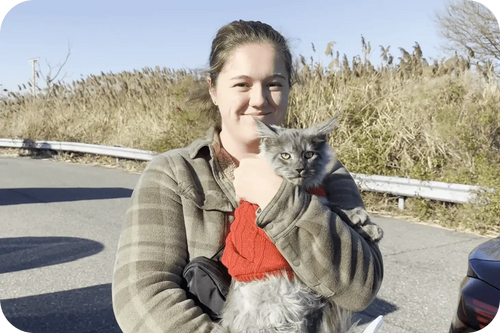
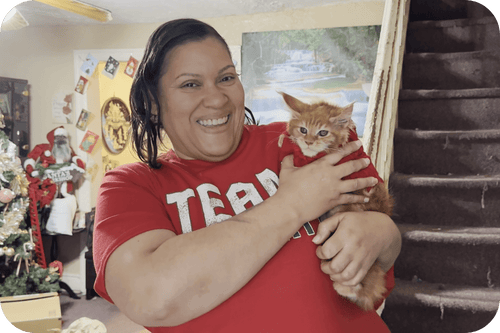
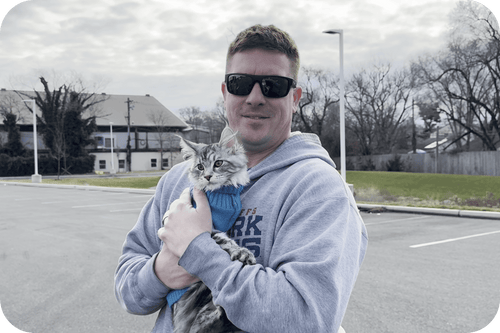











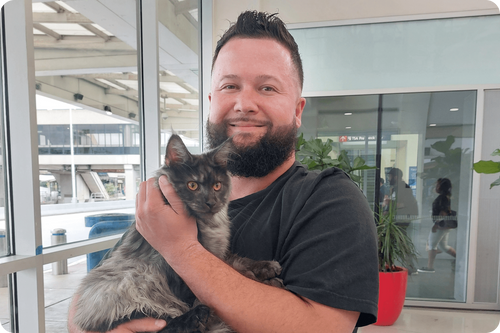










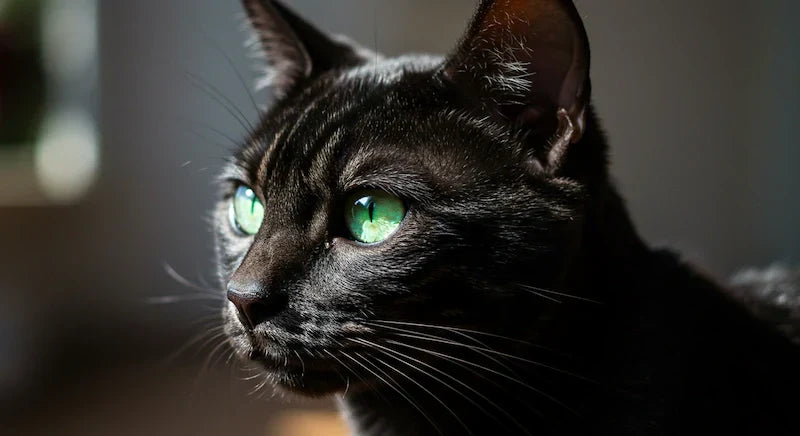
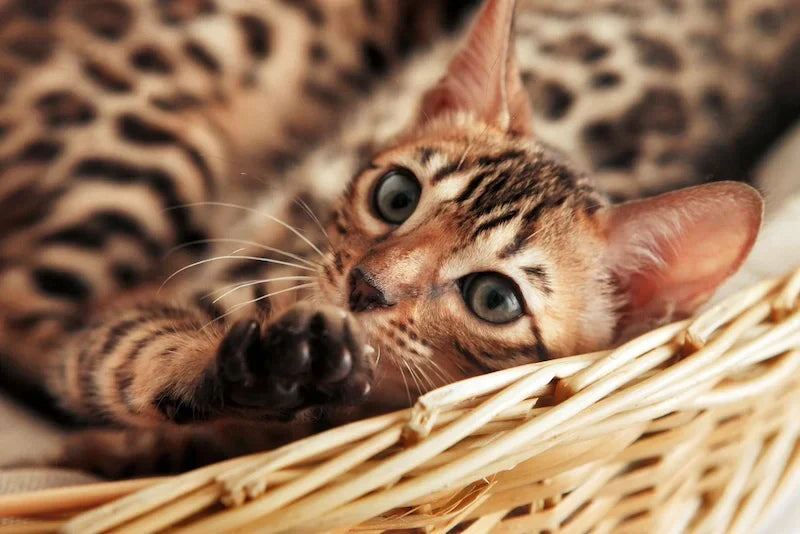
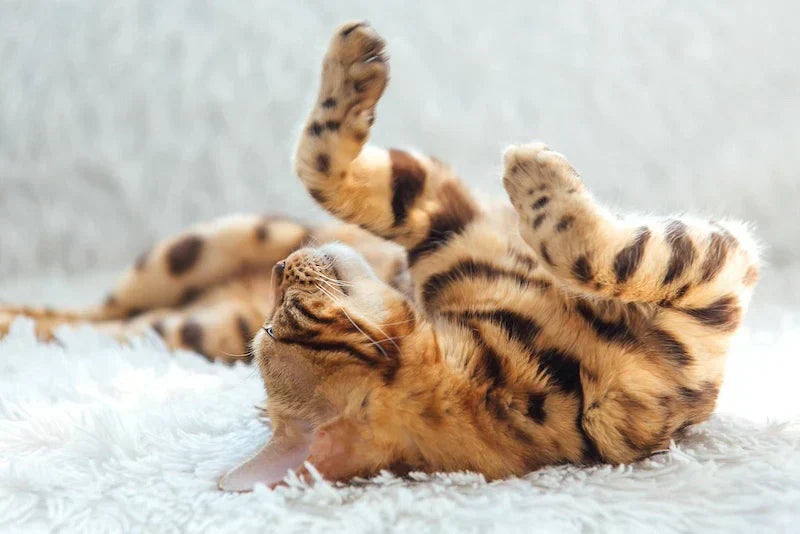
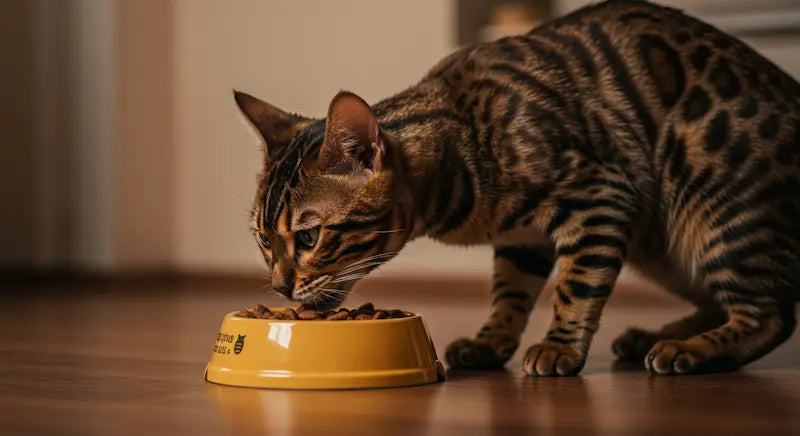
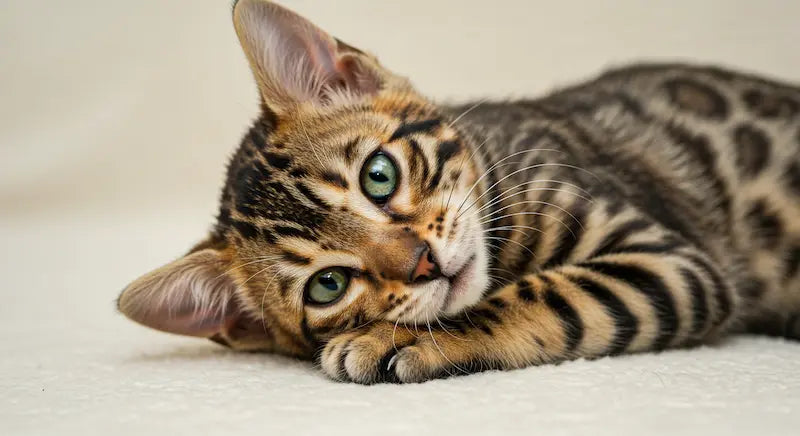
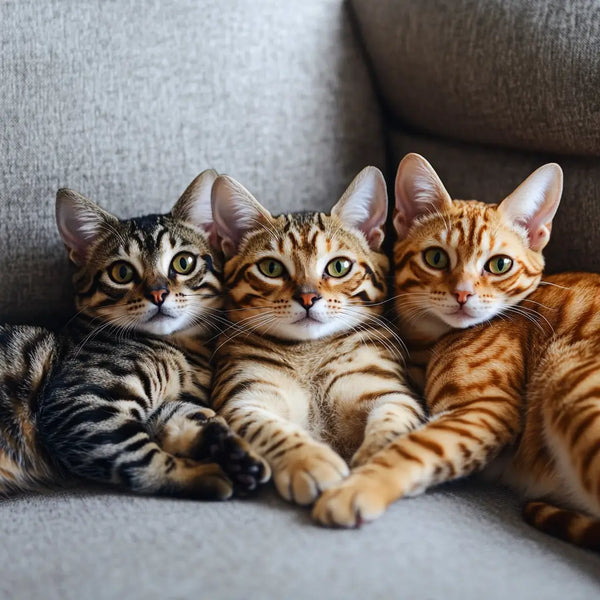




Comments(0)